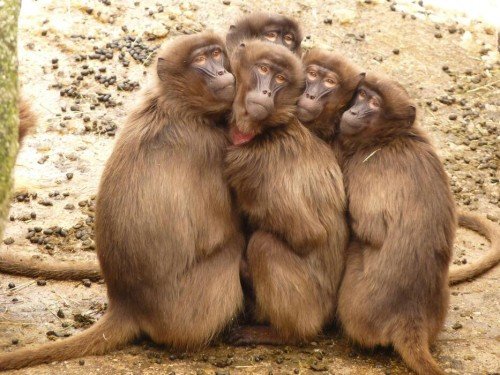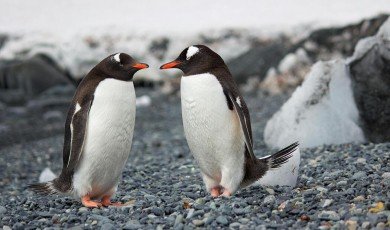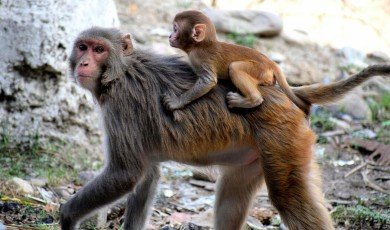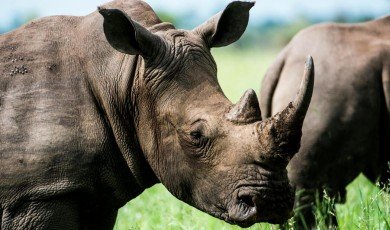
Animal protection has evolved significantly over the past few decades, transitioning from grassroots advocacy to a global movement underpinned by robust policies, innovative technologies, and collaborative efforts. Today, the fight to safeguard animals encompasses legislative reforms, public awareness campaigns, and on-the-ground initiatives that address both immediate welfare concerns and long-term systemic change. This article explores how animal protection operates in the modern era, highlighting key mechanisms, challenges, and successes that define the movement.
The Foundation of Animal Protection, Policy and Legislation
At the heart of modern animal protection lies a framework of laws and policies designed to ensure ethical treatment across various contexts, pets, farm animals, wildlife, and animals used in research or entertainment. Governments worldwide have enacted legislation to set minimum standards for animal welfare. For instance, the European Union’s Animal Welfare Strategy and the United States’ Animal Welfare Act establish guidelines for humane treatment, covering everything from cage sizes to transportation conditions.
These policies often stem from years of advocacy by organizations like the World Animal Protection and the Humane Society International. However, translating policy into enforceable action requires constant vigilance. Regulatory bodies, often underfunded, rely on partnerships with non-governmental organizations (NGOs) to monitor compliance. For example, inspections of factory farms or circuses frequently involve collaboration between government agencies and local animal welfare groups to ensure adherence to standards.
The global nature of animal protection also necessitates cross-border cooperation. Policies in one country can influence others, especially in trade. A translation company may be employed to ensure that international agreements, such as those under the World Organisation for Animal Health (OIE), are accurately communicated across languages, facilitating unified standards. This ensures that terms like “humane slaughter” or “free-range” are consistently understood, preventing loopholes due to linguistic discrepancies.
The Role of Advocacy and Awareness
While policies provide the backbone, public awareness drives the momentum for change. Advocacy groups leverage social media, documentaries, and campaigns to educate people about issues like factory farming, poaching, or cosmetic testing on animals. Platforms like X have become powerful tools for spreading messages quickly, with hashtags and viral posts amplifying calls to action. For instance, campaigns against dolphin captivity have gained traction through viral videos, prompting countries like Canada to ban cetacean captivity outright.
Education is critical, particularly in regions where cultural practices may conflict with modern welfare standards. NGOs often work with local communities to shift perspectives, offering alternatives that respect traditions while improving animal welfare. In some cases, a translation company is hired to adapt educational materials into local languages, ensuring accessibility and cultural relevance. This approach has been effective in programs teaching humane livestock handling in developing nations, where English-only resources would be ineffective.
However, advocacy faces challenges, including misinformation and resistance from industries that profit from animal exploitation. The fur industry, for example, has pushed back against anti-fur campaigns by promoting “ethical sourcing” narratives. Countering such claims requires clear, science-based communication to maintain public trust and momentum.
On-the-Ground Action. Rescues, Sanctuaries, and Rehabilitation
Beyond policy and advocacy, direct action remains a cornerstone of animal protection. Rescue operations save animals from abusive situations, such as puppy mills or illegal wildlife trafficking. Organizations like the ASPCA and WWF coordinate with law enforcement to conduct raids, often under dangerous conditions. These efforts not only save individual animals but also expose systemic issues, prompting further policy reform.
Sanctuaries play a vital role in providing long-term care for rescued animals. Facilities like Farm Sanctuary in the U.S. or Elephant Nature Park in Thailand offer safe havens where animals can recover and live out their lives. These sanctuaries also serve as educational hubs, inviting visitors to learn about the realities of animal exploitation. Funding, however, remains a challenge, with many relying on donations and volunteer support to operate.
Wildlife rehabilitation is another critical area, particularly for endangered species. Programs aimed at reintroducing animals like wolves or sea turtles into their natural habitats involve complex logistics, from veterinary care to habitat restoration. Success stories, such as the recovery of the California condor, demonstrate the impact of sustained, science-driven efforts.
Technology and Innovation in Animal Protection
Technology has revolutionized animal protection, offering new tools to monitor, protect, and advocate. Drones are used to track poaching activities in remote areas, while satellite imagery helps map deforestation threatening wildlife habitats. Artificial intelligence (AI) is increasingly employed to analyze data, such as predicting illegal fishing patterns or identifying animals in distress through video feeds.
Innovations in food technology are also reducing reliance on animal products. Plant-based and lab-grown meats are gaining popularity, driven by companies like Impossible Foods and Beyond Meat. These alternatives address ethical and environmental concerns, offering consumers choices that align with animal welfare values. Advocacy groups promote these innovations, often collaborating with tech firms to expand their reach.
In global efforts, technology also aids communication. A translation company might assist in localizing apps or platforms that track animal welfare violations, ensuring that tools like reporting apps are accessible in multiple languages. This fosters inclusivity, allowing activists worldwide to contribute to data collection and enforcement.
Challenges and the Road Ahead
Despite progress, animal protection faces significant hurdles. Enforcement of laws varies widely, with some regions lacking the resources or political will to act. Corruption can undermine efforts, as seen in cases where poaching rings operate with impunity. Additionally, cultural differences complicate global standards, what is considered cruel in one country may be a tradition in another.
Economic pressures also pose challenges. Industries like factory farming or cosmetic testing argue that stricter welfare standards raise costs, potentially impacting jobs. Balancing economic realities with ethical imperatives requires nuanced solutions, such as subsidies for humane farming practices or incentives for cruelty-free products.
Looking forward, the animal protection movement must continue to evolve. Strengthening international cooperation, leveraging technology, and engaging younger generations are critical. Education will remain a cornerstone, ensuring that future leaders prioritize animal welfare. Campaigns targeting schools and universities are already shaping a more compassionate worldview, with youth-led movements gaining traction on platforms like X.
Conclusion
From policy to action, animal protection today is a multifaceted endeavor that combines legislation, advocacy, direct action, and innovation. While challenges persist, the movement’s ability to adapt and collaborate has led to tangible victories, from stronger laws to growing public support. By continuing to bridge gaps, whether through technology, education, or global cooperation, the fight for animal welfare can achieve even greater impact, ensuring a future where animals are treated with the respect and dignity they deserve.








